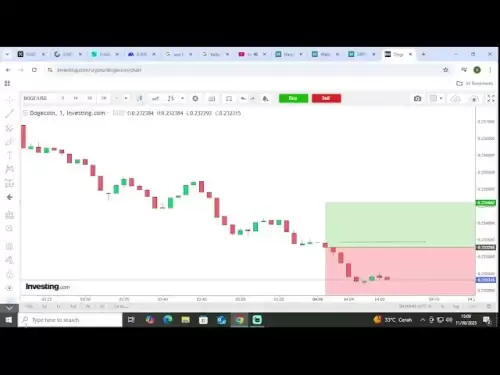-
 Bitcoin
Bitcoin $119600
0.72% -
 Ethereum
Ethereum $4175
-0.54% -
 XRP
XRP $3.207
0.44% -
 Tether USDt
Tether USDt $0.9997
-0.03% -
 BNB
BNB $795.8
-0.80% -
 Solana
Solana $178.4
-0.74% -
 USDC
USDC $0.9998
-0.01% -
 Dogecoin
Dogecoin $0.2273
-2.09% -
 TRON
TRON $0.3405
-0.28% -
 Cardano
Cardano $0.7864
-0.90% -
 Hyperliquid
Hyperliquid $44.43
1.35% -
 Chainlink
Chainlink $21.29
-0.96% -
 Stellar
Stellar $0.4411
0.55% -
 Sui
Sui $3.715
-2.92% -
 Bitcoin Cash
Bitcoin Cash $583.0
2.23% -
 Hedera
Hedera $0.2521
-2.12% -
 Ethena USDe
Ethena USDe $1.000
-0.05% -
 Avalanche
Avalanche $23.18
-1.96% -
 Litecoin
Litecoin $125.0
2.79% -
 Toncoin
Toncoin $3.311
-0.44% -
 UNUS SED LEO
UNUS SED LEO $8.996
-0.53% -
 Shiba Inu
Shiba Inu $0.00001305
-2.49% -
 Uniswap
Uniswap $10.60
-0.11% -
 Polkadot
Polkadot $3.910
-2.51% -
 Dai
Dai $0.9999
-0.03% -
 Cronos
Cronos $0.1640
2.00% -
 Ethena
Ethena $0.7932
4.93% -
 Bitget Token
Bitget Token $4.371
-1.10% -
 Monero
Monero $267.2
-1.09% -
 Pepe
Pepe $0.00001154
-3.46%
How to participate in Gate.io's voting for coin listing activities?
Gate.io's coin listing votes require GT tokens, with voting power proportional to GT holdings; always check official announcements for event specifics and security tips.
Mar 28, 2025 at 01:00 pm
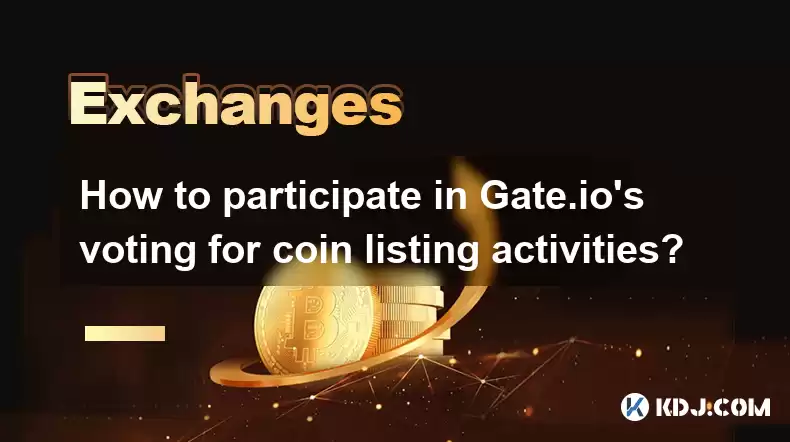
Gate.io, a prominent cryptocurrency exchange, frequently holds community voting events to decide which new cryptocurrencies will be listed on its platform. This democratic process allows users to directly influence the exchange's offerings. Participation is generally simple, but understanding the process is key to effectively casting your vote.
Understanding Gate.io's Coin Listing Voting
Gate.io's coin listing voting typically involves using the exchange's native token, GT. The more GT you hold, the more voting power you possess. This system incentivizes users to actively participate in the Gate.io ecosystem and rewards long-term holders. The specific mechanics, such as the voting period, the number of GT required per vote, and the weighting system, are usually detailed in the official announcement for each voting event. Always refer to the official Gate.io website for the most up-to-date and accurate information. Never rely on unofficial sources.
Step-by-Step Guide to Participating
Participating in Gate.io's coin listing voting typically follows these steps:
Step 1: Create a Gate.io Account: If you don't already have an account, you'll need to create one. This involves providing your email address and setting up a secure password. Ensure you follow all security best practices. Enable two-factor authentication (2FA) for enhanced security.
Step 2: Acquire GT Tokens: To participate in the voting, you'll need to own GT tokens. You can purchase GT on Gate.io itself or transfer them from another exchange. Remember to factor in any transaction fees. It's crucial to understand the risks involved in buying and holding cryptocurrencies.
Step 3: Check for Voting Events: Gate.io regularly announces upcoming coin listing votes on its website, app, and social media channels. Pay close attention to these announcements to know when and how to participate.
Step 4: Understand the Voting Rules: Each voting event has specific rules and requirements. Carefully read the official announcement to understand how the voting works, the duration of the voting period, and the allocation of voting power based on GT holdings. This is critical to avoid any misunderstandings.
Step 5: Cast Your Vote: Once the voting period begins, navigate to the designated voting page on the Gate.io website or app. You'll typically be able to select the coin(s) you want to support. Confirm your vote after carefully reviewing your selection. Make sure you understand the implications of your vote.
Step 6: Monitor the Results: After the voting period ends, Gate.io will announce the results. The coin(s) with the most votes, weighted according to the GT holdings of voters, will typically be listed on the exchange. Keep an eye out for announcements regarding listing schedules.
Understanding Voting Weight and Power
The amount of voting power you have is directly proportional to the number of GT tokens you hold. Gate.io often publishes a detailed explanation of the voting weight calculation. This calculation might involve snapshots of GT holdings at a specific time, or it could be a continuous calculation throughout the voting period. Understanding this calculation is crucial to effectively strategize your participation. Holding more GT generally translates to more influence on the outcome of the vote.
Risks and Considerations
While participating in Gate.io's coin listing votes can be rewarding, it's important to be aware of potential risks. The value of GT, and indeed any cryptocurrency, can fluctuate significantly. Therefore, the value of your voting power can change rapidly. Additionally, there's no guarantee that your preferred coin will win the vote, even if you hold a substantial amount of GT. Always invest responsibly and only with capital you can afford to lose. Never invest based solely on the potential for voting influence.
Security Best Practices
Security should always be your top priority. Use strong, unique passwords, and enable two-factor authentication (2FA) on your Gate.io account. Be cautious of phishing scams and only access Gate.io through official channels. Never share your private keys or seed phrases with anyone. Regularly review your account activity to detect any unauthorized access attempts. Remember, security is paramount in the cryptocurrency world.
Frequently Asked Questions
Q: Do I need to hold GT to participate in the voting?
A: Yes, Gate.io's coin listing votes generally require you to hold GT tokens. The number of GT you hold directly impacts your voting power.
Q: Where can I find information about upcoming voting events?
A: Gate.io usually announces voting events on its official website, mobile app, and social media channels. Keep an eye out for official announcements to stay informed.
Q: How is voting power calculated?
A: The calculation of voting power varies depending on the specific voting event. Details are always provided in the official announcement. Generally, it's proportional to the amount of GT held.
Q: What happens after the voting period ends?
A: Gate.io will announce the results, and the winning coin(s) will be listed on the exchange after fulfilling all necessary requirements and completing the listing process.
Q: Is there a minimum amount of GT required to vote?
A: This varies from event to event. The minimum amount of GT required to participate will be clearly stated in the official announcement for each voting event.
Q: Are there any fees associated with voting?
A: There are usually no direct fees associated with casting a vote. However, you might incur fees for acquiring GT or transferring it between exchanges. Transaction fees associated with the GT token itself should be considered.
Q: What if my preferred coin doesn't win the vote?
A: There's no guarantee that your preferred coin will win. Voting outcomes depend on the collective choices of all participants. This is an inherent risk in participating in community voting events.
Q: How often does Gate.io hold coin listing votes?
A: The frequency of coin listing votes varies. Gate.io generally announces these events regularly, but there's no fixed schedule. Keep an eye on their official channels for updates.
Disclaimer:info@kdj.com
The information provided is not trading advice. kdj.com does not assume any responsibility for any investments made based on the information provided in this article. Cryptocurrencies are highly volatile and it is highly recommended that you invest with caution after thorough research!
If you believe that the content used on this website infringes your copyright, please contact us immediately (info@kdj.com) and we will delete it promptly.
- Superman Takes Flight: A Deep Dive into the Comic Program and Coin Medals
- 2025-08-11 20:30:12
- Shiba Inu's Comeback Trail and the Meme Coin Mania: Can $SHIB Deliver a 12,000x Return?
- 2025-08-11 18:30:11
- Proof of Trust, Transparency, and User Safety: Keeping Crypto Real
- 2025-08-11 18:50:12
- Pudgy Penguins, Bitcoin Penguins, and the $22M Meme Coin Mania: A New York Perspective
- 2025-08-11 17:10:11
- Bitcoin L2 Heats Up: SatLayer (SLAY) Lists on KuCoin Amidst Layer-2 Boom
- 2025-08-11 16:50:12
- Ethereum, Coin Market Cap, and Solfart Token: A Wild Ride in the Crypto Universe
- 2025-08-11 17:50:12
Related knowledge
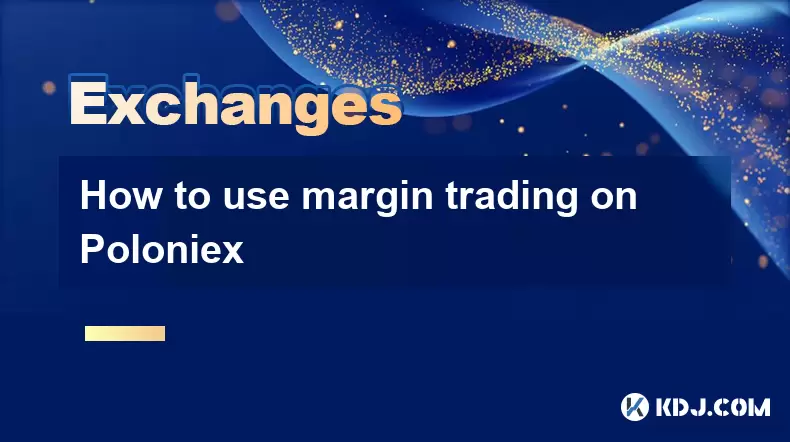
How to use margin trading on Poloniex
Aug 08,2025 at 09:50am
Understanding Margin Trading on Poloniex
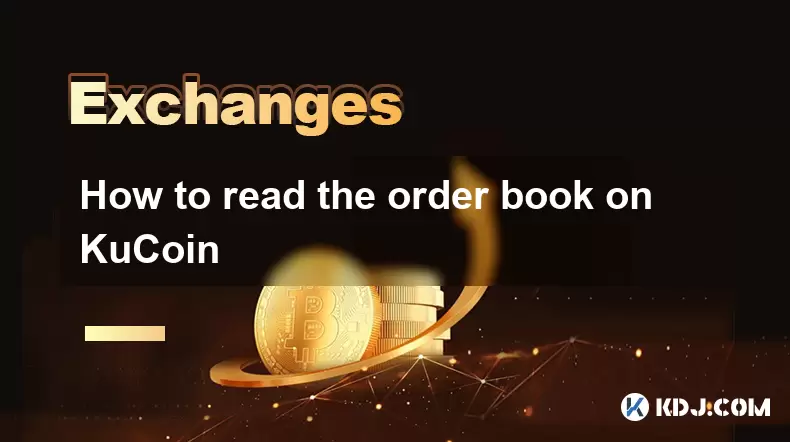
How to read the order book on KuCoin
Aug 10,2025 at 03:21pm
Understanding the Order Book Interface on KuCoinWhen accessing the order book on KuCoin, users are presented with a real-time display of buy and sell ...
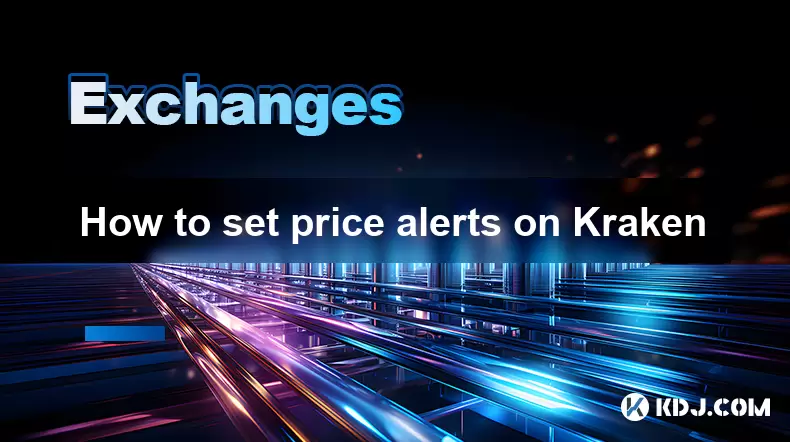
How to set price alerts on Kraken
Aug 11,2025 at 08:49pm
Understanding Price Alerts on KrakenPrice alerts on Kraken are tools that allow traders to monitor specific cryptocurrency pairs for price movements. ...
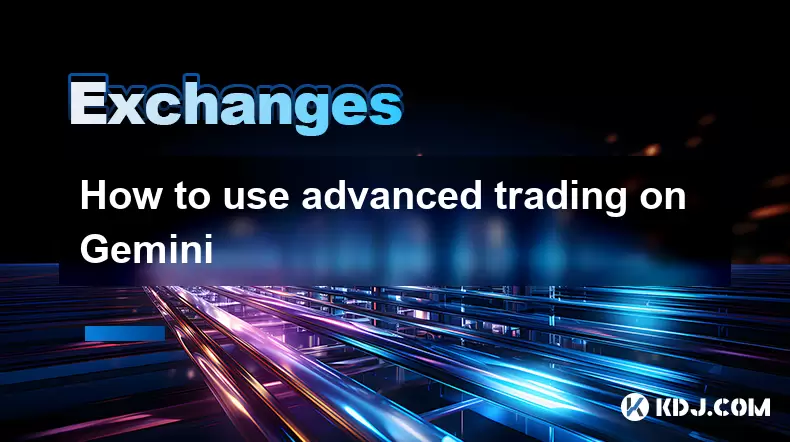
How to use advanced trading on Gemini
Aug 08,2025 at 04:07am
Understanding Advanced Trading on GeminiAdvanced trading on Gemini refers to a suite of tools and order types designed for experienced traders who wan...
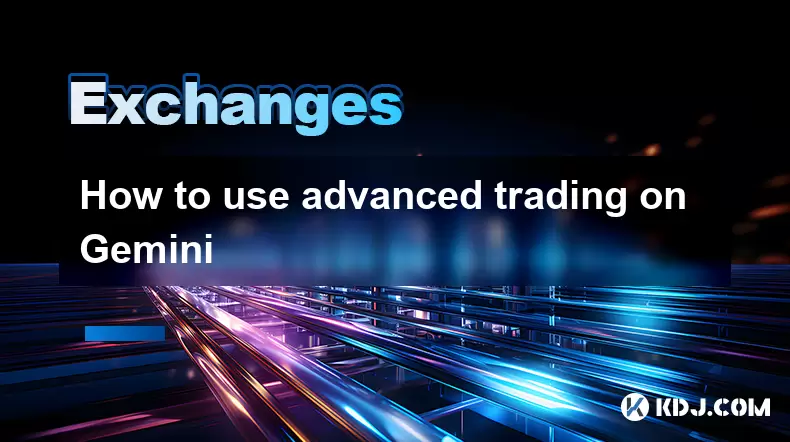
How to use advanced trading on Gemini
Aug 08,2025 at 10:56pm
Understanding Advanced Trading on GeminiAdvanced trading on Gemini refers to the suite of tools and order types available on the Gemini ActiveTrader p...
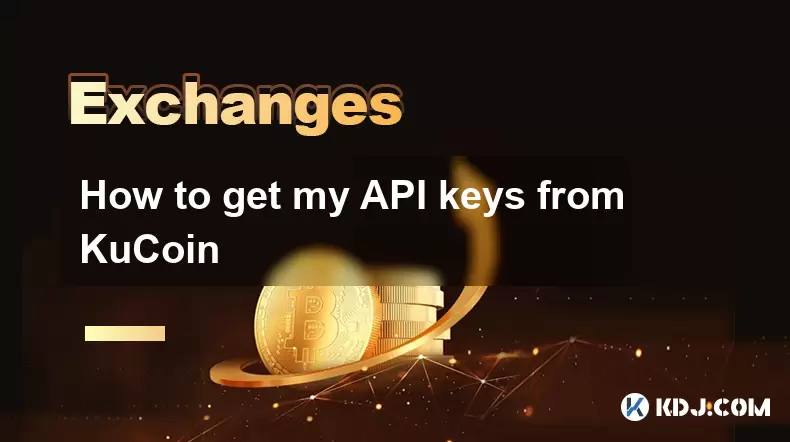
How to get my API keys from KuCoin
Aug 08,2025 at 06:50pm
Understanding API Keys on KuCoinAPI keys are essential tools for users who want to interact with KuCoin's trading platform programmatically. These key...

How to use margin trading on Poloniex
Aug 08,2025 at 09:50am
Understanding Margin Trading on Poloniex

How to read the order book on KuCoin
Aug 10,2025 at 03:21pm
Understanding the Order Book Interface on KuCoinWhen accessing the order book on KuCoin, users are presented with a real-time display of buy and sell ...

How to set price alerts on Kraken
Aug 11,2025 at 08:49pm
Understanding Price Alerts on KrakenPrice alerts on Kraken are tools that allow traders to monitor specific cryptocurrency pairs for price movements. ...

How to use advanced trading on Gemini
Aug 08,2025 at 04:07am
Understanding Advanced Trading on GeminiAdvanced trading on Gemini refers to a suite of tools and order types designed for experienced traders who wan...

How to use advanced trading on Gemini
Aug 08,2025 at 10:56pm
Understanding Advanced Trading on GeminiAdvanced trading on Gemini refers to the suite of tools and order types available on the Gemini ActiveTrader p...

How to get my API keys from KuCoin
Aug 08,2025 at 06:50pm
Understanding API Keys on KuCoinAPI keys are essential tools for users who want to interact with KuCoin's trading platform programmatically. These key...
See all articles


























